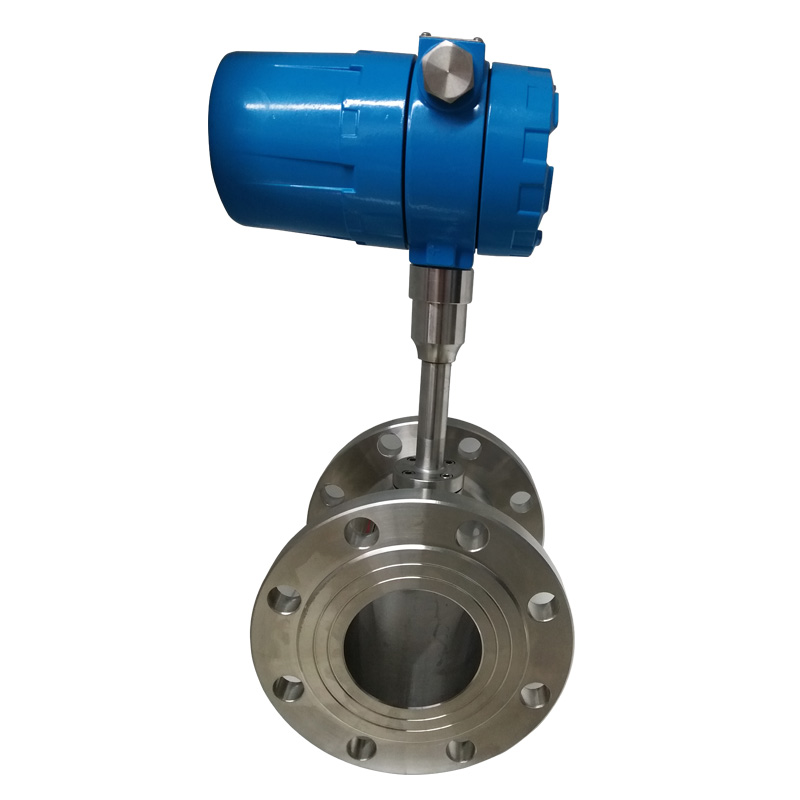Thermal Mass Flow Meter Working Principle
Email:sales01@cxflowmeter.com
whatsapp:008618049841995
The working principle of
thermal mass flowmeter is mainly based on the law of heat transfer, that is, heat transfer is proportional to the fluid velocity. Its detailed working principle can be summarized as follows:
Basic principle
Thermal mass flowmeter measures the fluid mass flow rate by measuring the temperature field change generated when the fluid passes through the external heat source heating pipe, or by using the relationship between
the energy required for the fluid temperature to rise when the fluid is heated and the fluid mass. This flowmeter is usually used to measure the mass flow rate of gas, with the characteristics of high accuracy, high repeatability
and high reliability.
Working process
Heat source and temperature detection:
Thermal mass flowmeter contains two main components: one is the heater (as a heat source) and the other is the temperature sensor (used to detect the fluid temperature). The heater is usually placed in the fluid and the
temperature of the fluid is increased by heating it.
The temperature sensor is used to measure the temperature of the heated fluid and the temperature difference between the fluid and the heater.
Fluid flow and heat transfer:
When the fluid flows through the heater, it will take away some heat, causing the temperature of the heater to drop. The faster the fluid flows, the more heat it takes away, and the more obvious the temperature drop of the heater.
The temperature sensor monitors the changes in fluid temperature in real time and converts these changes into electrical signals for processing.
Mass flow calculation:
According to the heat transfer law and the physical properties of the fluid (such as specific heat capacity, thermal conductivity, etc.), the mass flow rate of the fluid can be inferred by measuring the change in fluid temperature.
In practical applications, thermal mass flow meters usually convert the output signal of the temperature sensor into the mass flow value of the fluid according to the preset algorithm and calibration data, and display and record it.

Features and advantages
High precision: Since the mass flow rate of the fluid is measured directly, it is not affected by changes in physical properties such as fluid density, pressure and temperature.
High reliability: There are no mechanical parts inside, which reduces the failure points and maintenance costs.
Wide applicability: It can be used to measure the flow of various types of gases, including corrosive, flammable and explosive special gases.
Low pressure loss: Reasonable design, small pressure loss caused to fluid flow.
Application field
Thermal mass flowmeters are widely used in fields that require high-precision flow measurement, such as coal gas flow measurement in steel plants and coking plants; air flow measurement in boilers; and air flow monitoring in
automobile engines.
In summary, thermal mass flow meters accurately measure the mass flow of fluids by measuring the temperature field changes generated when the fluid passes through a pipe heated by an external heat source or the relationship
between the energy required to heat the fluid and the mass of the fluid. Its high precision, high reliability and wide applicability make it widely used in various industrial occasions.
Email:sales01@cxflowmeter.com
whatsapp:008618049841995

